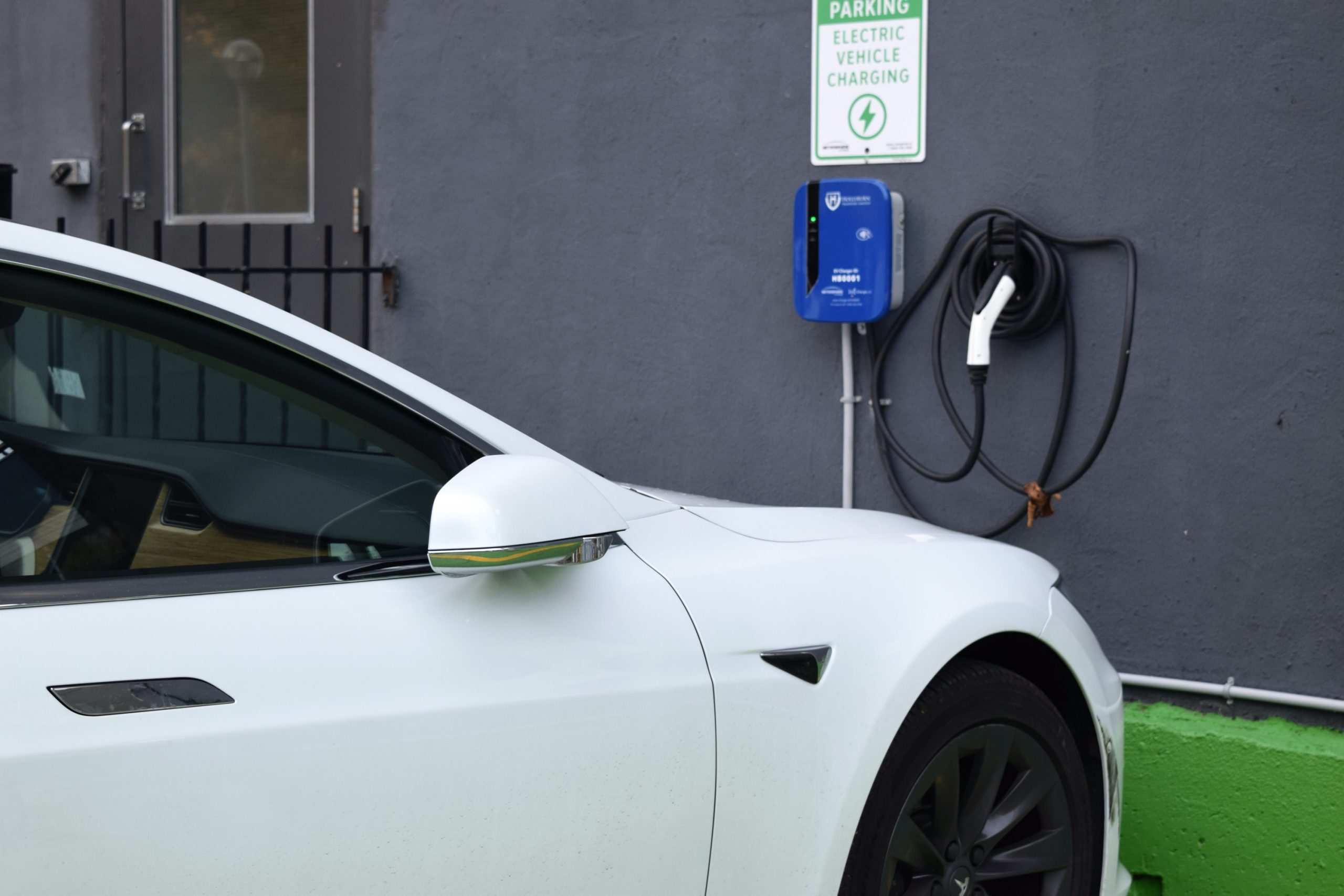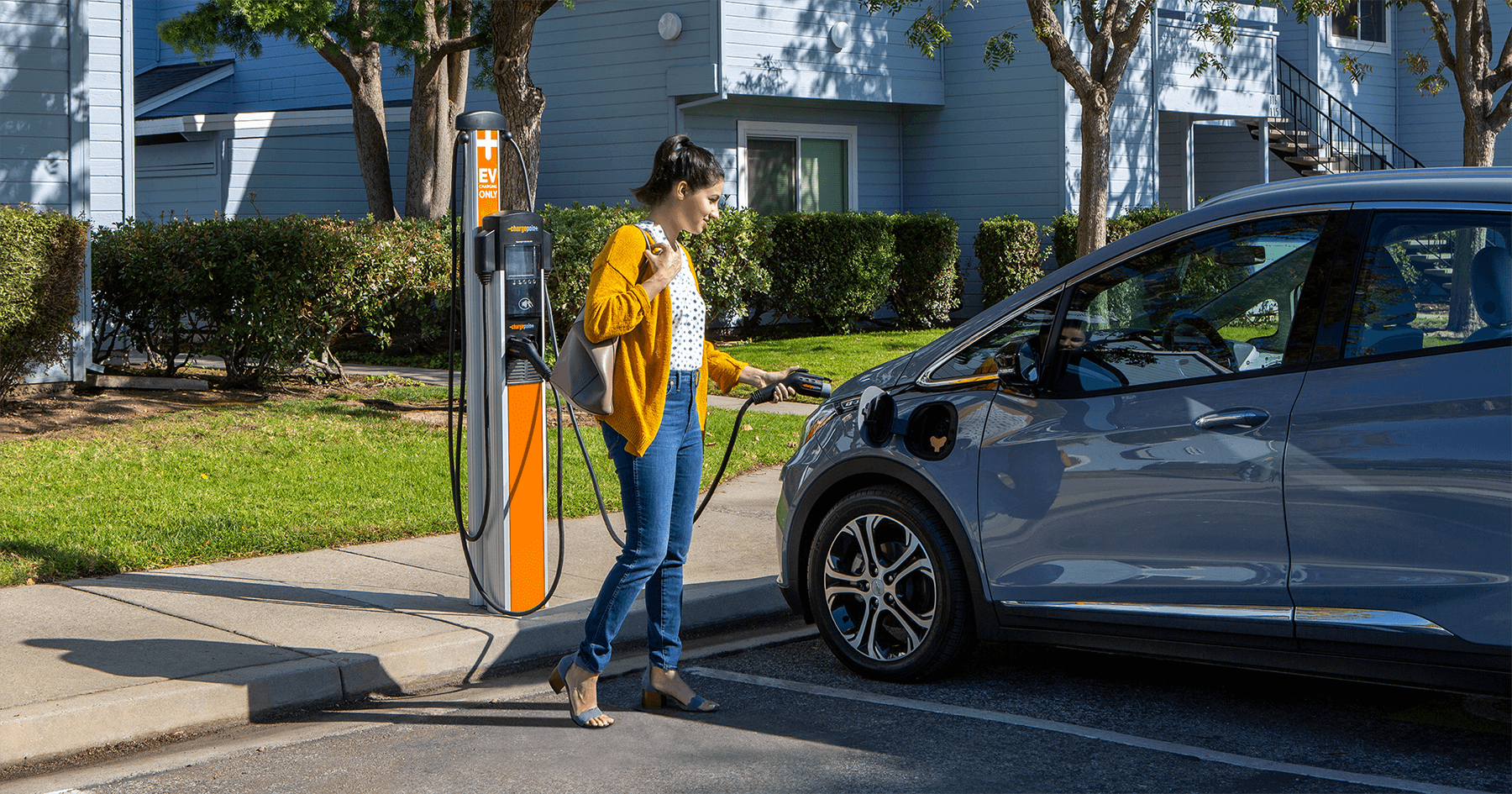
Top 10 Ideas for Strata Property Maintenance
May 3, 2023
Types of Records that Owners Corporation Keep
May 6, 2024
Top 10 Ideas for Strata Property Maintenance
May 3, 2023
Types of Records that Owners Corporation Keep
May 6, 2024
Conversation About Electric Vehicles in Body Corporate
With world-wide movement towards a more sustainable future, Electric Vehicles (EVs) are an adoptable and growing technology internationally. Sales of electric vehicles in Australia are currently projected to be over 49 per cent of the new market sales by 2030 and have total market coverage by 2050. Seeing strata communities adopting these new technologies can be an effective way to start developing a more sustainable, and a more valuable asset, with many body corporate lot owners already successfully installing EV capabilities in their properties.
If EVs aren’t already a topic of conversation amongst your lot owners, then quite likely from these statistics, the conversation won’t be too far away. So just where should you start?
During these early adoptions, we have been able to analyse common steps to consider when you look to integrate electric vehicle charging stations into your strata living community. Requirements differ across the type and structure of your strata complex, from owners corporations (OC) whose common property is limited to shared-driveways, to those with multi-level car parks and shared parking in common areas. The challenges faced can also change depending on the condition of the property; with most older buildings noted to lack the necessary infrastructure, space and electrical wiring capabilities needed for electric vehicle charger installation. So be sure to include these assessments early in the process when determining what’s right for your strata community. You could include the following in your initial considerations:
- Electrical Wiring Capacity
There are several electrical infrastructure options with installing EV capabilities to a body corporate. These will alter depending on the set-up of your strata property. You will therefore need to consider the placement based on the current capabilities of wiring, dashboards, and metre readers to decide if and where the electric vehicle charger can be installed or what upgrades may be necessary. An expert consultant can assist you with this determination.
- Infrastructure Planning and Considerations
Aside from electrical infrastructure assessments, there are also structural assessments that will be necessary. This will determine the weight, size of EVs, and how this may impact the suitable placement of new systems. They can be carried out by engineering experts, who can also assist you explore any government grants, incentives, or electrical partnerships that may be available to you to help alleviate the financial burden on your OC.
- Fire Safety and Risk Management
EV batteries are noted to have a different field of fire safety concerns to regular batteries. Statistically, EVs have not been found to ignite more frequently though they do offer a diverse selection of risks such as how they burn, how you can suppress the fire, and reignition risks. These factors coincide with considerations of where installation will need to be and how accessible they are during an emergency. Discussing these factors with a safety engineer early on in your planning process can help to determine the best route for installing an electric vehicle home charger in your property.
- Insurance
You should also consult with your insurance provider, to inform them of your intended installation and use of EV chargers, and in turn consider their advice as to any recommended policy upgrades with inclusion of the new facilities.
- Cost
Based on the considerations noted above, there will therefore be a variety of costs associated with new strata electric vehicle charging facilities. From costs to upgrade your infrastructure and wiring if the OC is not currently EV ready, to the cost of the actual chargers and their installation, any potential increase to your insurance premium, as well as to your future electricity bills.
Remember though, depending on your state or territory, you may be eligible for grants or initiatives to help alleviate costs for electric riding vehicles, so engaging an expert to guide you will definitely be money well spent.
In addition, your strata community will also need to consider and determine how such costs are consistently and legally apportioned, who is expected to pay and for what.
These are just some of the considerations your committee will need to deliberate prior to implementing EV chargers at your building. Determinations will also be necessary to establish appropriate rules and/or processes for use of the chargers once installed.
While it appears to be a lengthy and complicated process to manage, starting your conversation with your body corporate manager and your owners corporation committee, is a great place to start. To aid with the flow of these conversations we suggest OC committees address the following:
- Create a designated space for questions and concerns to be voiced. When beginning the discussions, it’s important to allow all concerns to be raised so they are addressed during your initial research process. It can also help ease any lot owner’s immediate uncertainties to the new possibility.
- Communicate transparently. Supply consistent and informative updates about the process and any research that is being conducted. Communicate any findings in plain language so all members can understand.
- Promote education pieces to help bring awareness to the need and any issues that may arise. Research your state’s guidelines for regulations you must comply with and what, if any initiatives are available to assist. Ensure all parties are aware of who is conducting any research, why it is necessary, and any steps that will be taken as a result.
- Engage professionals. Due to the multitude of safety and engineering issues that feature in establishing these electrification systems, money spent on the right advice, can save you not only dollars in the long run, but also any unnecessary angst. There is an array of experts you can reach out to, to guide you, such as safety, engineering, and electrical experts, just ask your manager.
- Investigate with your insurance company. Notify your plans to your body corporate insurers to seek guidance on the right policy and terms of cover to minimise your risks. Inform them of the duration of the installation, the facilities themselves as well as process for use of the same, once completed.
Protect your home, your investment and start your broader conversation today. Contact your local ACE branch manager for more personalised advice to suit your property and see some of the additional resources available to you via the links below.
State government policies and grants:
- ACT: Making buildings EV ready - Climate Choices (act.gov.au)
- New South Wales: Making your residential strata building EV ready | NSW Climate and Energy Action
- Northern Territory: Electric Vehicle Charger (Residential and Business) Grants Scheme | NT.GOV.AU
- Queensland: Electric vehicles | Transport and motoring | Queensland Government (www.qld.gov.au)
- South Australia: Electric Vehicle Supply Equipment (EVSE) standards | Energy & Mining (energymining.sa.gov.au)
- Tasmania: Electric Vehicles | Renewables, Climate and Future Industries Tasmania (recfit.tas.gov.au)
- Victoria: Zero emissions vehicles (energy.vic.gov.au)
- Western Australia: Electric Vehicle Strategy | Western Australian Government (www.wa.gov.au)
Other Resources:

